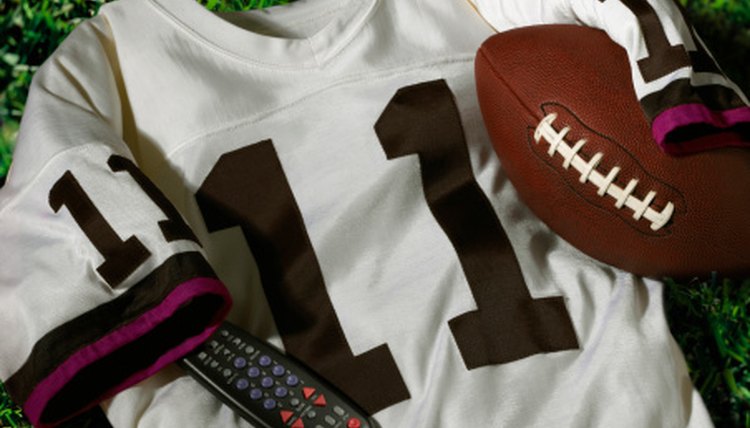Facts About Sports Broadcasting

Sports of nearly all kinds are popular all over the world, and part of the reason why they are so popular is that they can be broadcast to wide audiences on television and radio. While many people say that nothing beats going to a live event, sports on TV and radio have the added advantage of including play-by-play commentary to help viewers follow the action. Sports broadcasting is much more than simply showing a game on TV for all the people who can’t see it live, and in many ways it can be just as interesting as the sports themselves.
Early Sports Radio Broadcasting
The first sports broadcasts were over the radio, although descriptions of sporting events were being sent by telegraphic messages as far back as the 1890s. The first sporting event to be broadcast over the radio was a boxing match between Johnny Dundee and Johnny Ray on April 11, 1921. The first time a live commentary of a baseball game was broadcast over the radio was on August 5, 1921. Both sporting events were broadcast on KDKA in Pittsburgh, Pa. The first football game was broadcast on October 8, 1921. Hockey games began being broadcast over the radio in Canada in 1923.
The Advent of Sports Television Broadcasting
Sporting events began being broadcast on television in 1939. The first baseball game to be broadcast on television was a college game on May 17, 1939. America would see its first football game on television on September 30, 1939 and its first NFL game on October 22, 1939. The game was broadcast by NBC. Exclusive NFL broadcast rights became a huge priority after the 1958 championship game between the New York Giants and the Baltimore Colts, which has become known as “The Greatest Game Ever Played.” Professional football has since become one of the largest spectacles in televised sports.
Women in Sports Broadcasting
Although sports in general and sports broadcasting in particular has been considered the domain of men, many women have made their names as sportscasters. One of the earliest female sports broadcasters was the Mrs. Harry Johnson (her first name seems lost to history), the announcer for Central States Broadcasting in Omaha, Neb. She provided color commentary during her husband’s broadcasts. The woman who was said to be the first play-by-play announcer was Jane Chastain, who started her broadcasting career in the 1960s. Other female sportscasters include Donna De Varona, Jeannie Morris, Phyllis George, and Lesley Visser.
Becoming a Sports Broadcaster
Broadcasting a sporting event definitely looks like a lot of fun for sports fans everywhere, but becoming a sports broadcaster is not an easy task. Nearly all broadcasters have four-year bachelor’s degrees in broadcasting and have spent several years in entry-level positions as reporters, production assistants, and equipment operators. As with any career worth pursuing, becoming a sports broadcaster is a difficult task. For one who is interested in sports journalism, it can definitely be rewarding.
References
Writer Bio
Jack Powell has been writing professionally since 2008. He graduated from Red River College with a degree in creative communications and currently writes for a variety of local publications.
